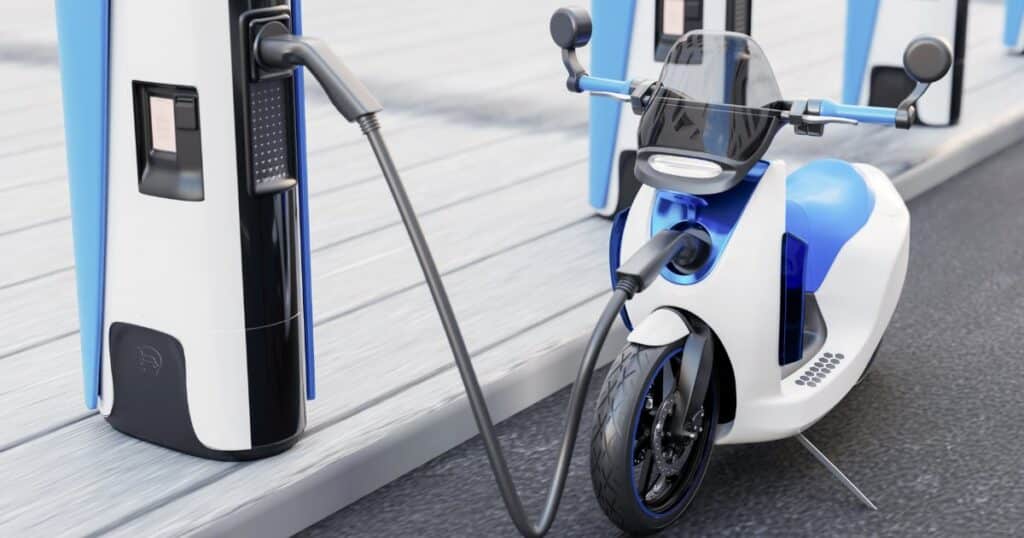The Silent Force Behind Electric Mobility
Imagine walking into a showroom, excited to buy your first electric motorcycle. You’ve done your research, compared models, and settled on the perfect ride. But then, you see the price tag—higher than expected. What happened? The answer might not be in the battery technology or the brand name but in something far less visible: tariffs.
Tariffs, often overlooked by consumers, play a crucial role in shaping the electric motorcycle market. They determine how affordable these vehicles are, influence manufacturing decisions, and even impact the pace of global adoption. As governments push for greener transportation, tariff policies can either accelerate or hinder the transition. Let’s dive into how tariffs are shaping the future of electric motorcycles.
Global Tariff Policies on Electric Motorcycles
Tariffs on electric motorcycles vary widely across different regions. Some countries impose high import duties to protect local manufacturers, while others reduce or eliminate tariffs to encourage adoption.
For instance, the Philippines recently announced a zero tariff policy on electric motorcycles until 2028. This move aims to make electric mobility more accessible and aligns with the government’s goal of having half of all vehicles on the road be electric by 2040. Meanwhile, in the United States, electric motorcycles face import duties that can range from 2.4% to 25%, depending on the country of origin. The European Union, on the other hand, has been gradually lowering tariffs on electric vehicles to promote sustainability.
These varying policies create a fragmented market where pricing and availability differ significantly based on location. A motorcycle that is affordable in one country might be prohibitively expensive in another due to tariff structures.
How Pricing Changes Influence Consumer Choices
Tariffs directly affect the price consumers pay for electric motorcycles. Higher import duties mean higher retail prices, which can slow adoption rates. Conversely, tariff reductions can make electric motorcycles more competitive with traditional gasoline-powered bikes.
Let’s consider a scenario: A manufacturer imports electric motorcycles from China to sell in the U.S. If the tariff is 25%, a bike that costs $4,000 to produce suddenly has an import cost of $5,000 before additional expenses like distribution and marketing. This price hike can deter potential buyers, pushing them toward cheaper gasoline alternatives.
On the flip side, when tariffs are lowered or removed, electric motorcycles become more attractive. In the Philippines, the zero tariff policy is expected to reduce prices by 10-30%, making them more accessible to a broader audience. This affordability can drive higher adoption rates, contributing to a cleaner transportation system.
Effects on Manufacturers and Supply Chains

Manufacturers must navigate tariff policies when deciding where to produce and sell their motorcycles. High tariffs can push companies to set up local production facilities to avoid import duties, while low tariffs encourage cross-border trade.
For example, Tesla and other EV manufacturers have strategically placed factories in regions with favorable tariff policies to minimize costs. Electric motorcycle brands are following suit, with some shifting production to Southeast Asia to take advantage of lower tariffs.
Supply chains also adapt to tariff changes. Companies may source components from different countries to reduce costs. If battery imports face high tariffs in one region, manufacturers might seek alternative suppliers elsewhere. This flexibility is crucial in maintaining competitive pricing.
Economic and Environmental Implications
Tariff policies don’t just affect pricing—they have broader economic and environmental consequences.
From an economic standpoint, lower tariffs can stimulate local markets by making electric motorcycles more affordable. This leads to increased sales, job creation in related industries, and a boost in technological innovation. Countries that embrace tariff reductions often see a surge in electric vehicle investments.
Environmentally, tariffs can either support or hinder sustainability efforts. High tariffs on electric motorcycles can slow adoption, keeping more gasoline-powered bikes on the road. In contrast, zero tariffs encourage a shift toward cleaner transportation, reducing carbon emissions and dependence on fossil fuels.
A simple pros and cons table illustrates this impact:
| Tariff Policy | Pros | Cons |
|---|---|---|
| High Tariffs | Protects local manufacturers | Increases consumer costs, slows adoption |
| Low/Zero Tariffs | Encourages EV adoption, lowers prices | May challenge domestic production |
Governments must balance these factors when designing tariff policies to ensure both economic growth and environmental sustainability.
Future Outlook and Policy Recommendations
Looking ahead, tariff policies on electric motorcycles are likely to evolve as governments prioritize clean energy. Some key trends to watch include:
- More countries adopting zero tariffs to accelerate EV adoption.
- Tariff reductions tied to sustainability goals, encouraging manufacturers to produce eco-friendly models.
- Regional trade agreements that harmonize tariff rates, making electric motorcycles more accessible globally.
For policymakers, the key recommendation is to align tariff policies with environmental and economic objectives. Reducing tariffs on electric motorcycles can drive adoption, support local industries, and contribute to global sustainability efforts.
Manufacturers, too, must stay agile. Investing in local production, optimizing supply chains, and advocating for favorable tariff policies can help them remain competitive in a rapidly changing market.
The Road Ahead
Tariffs may not be the first thing that comes to mind when thinking about electric motorcycles, but they are a silent force shaping the industry. Whether making these vehicles more affordable or creating barriers to entry, tariff policies influence pricing, consumer behavior, and market dynamics.
As the world moves toward greener transportation, governments and manufacturers must work together to ensure tariff policies support—not hinder—the transition. The future of electric motorcycles depends on it.
So, the next time you see an electric motorcycle on the road, remember: its price, availability, and even the decision to manufacture it were all influenced by tariffs. And as these policies continue to evolve, they will play a crucial role in shaping the future of mobility.




